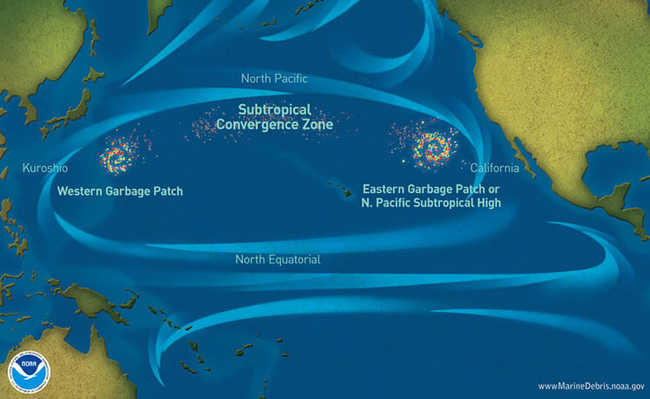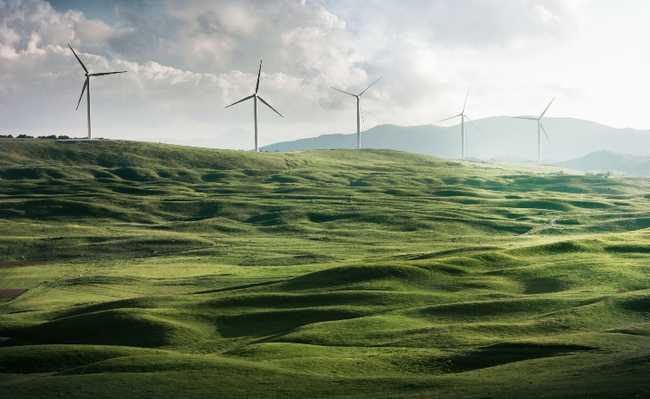What is a water footprint?
Water footprint measures direct and indirect water consumption. Understand

Water footprint is the trail we leave when consuming water directly and indirectly. And the consumption of water on the planet is linked to the various functions of water, both in people's daily lives and in the production of food, clothing, paper and others. And the amount of water used for these media is enormous and often disproportionate. To produce a kilo of beef, for example, 15,500 liters of water are used, a little more than the ten thousand liters of water used to make a kilo of cotton. These are data from Water Footprint, an international non-profit organization that promotes studies related to water consumption.
This organization created a water indicator called the Water Footprint, which measures and analyzes the amount of water used to manufacture a product, in addition to measuring the individual consumption of people around the world. In Brazil, water consumption is 2027 cubic meters per capita per year and still has 9% of its total water footprint outside the country's borders, that is, we export water through our products. The footprint is divided into three types: blue, which measures the volume of water in rivers, lakes and groundwater, usually used in irrigation, various processing, washing and cooling; the green water footprint, which relates to rainwater, which is necessary for plant growth; and the gray water footprint, which measures the volume needed to dilute a given pollutant until the water in which this effluent was mixed returns to acceptable conditions, in accordance with established quality standards.
invisible spending
The main concern of the indicator is the fact that this consumption occurs in two ways: direct, when someone turns on the faucet to perform some action; or indirect, via the acquisition of consumer objects, such as clothes, food products, etc. The problem with this second form is that it goes unnoticed by people. This is because it is not intuitive that, when we consume the products, huge amounts of water are embedded in them for their production. According to data from the study "Water: Strategic Debate for Brazilians and Angolans", carried out by professor Dr. Maurício Waldman, from USP, agriculture is by far the one that uses the most water (between 65% and 70% of consumption), followed by industry (24%) and for domestic use (between 8% and 10%).
That is why the importance of this indicator, which alerts to the “hidden” use of water and seeks to make people aware that the water factor is very relevant in the consumption options of each one. To clarify this relationship between consumer and product, the water footprint proposes to show the volume of water used in each product, offering conditions for the consumer to choose the product that presents itself as the most economical and, as a consequence, is a way to encourage manufacturers to reduce, in their production processes, the use of this very important resource.
requirements
Another idea of the organization is to create a bill that requires manufacturers to present, on the packaging of their products, labels indicating the amount of water used in their production. These proposals by the organization arise in an attempt to reduce problems related to water scarcity, which according to a report by the Water Footprint, affects, at least one month a year, more than 2.7 billion people.
And this concern about the water footprint must include the origin, quantity and quality of water, as it is very important to observe it from the sources and rivers, which mark the beginning of its trajectory. This is because in case of contamination by badly deposited waste or problems in pipes, the contaminated water tends to spread through homes, with unpredictable effects when consumed.
In addition to the ideas presented by the organization, the decrease in consumption and greater awareness of the population can be due to the emergence of new technologies capable of creating means for savings, such as presence sensors that suspend the flow when it is not necessary, rainwater harvesting , timers, among other alternatives for more responsible consumption.
- Rainwater harvesting: learn about the advantages and necessary precautions for using the cistern
- Practical, beautiful and economical rainwater catchment system
- Rainwater harvesting in condominiums is a water saving solution
- Washing machine water reuse kit is practical and saves
Check out a video from WWF Canada on the subject (in English).
Did you like the water footprint article? So how about taking a look at the material on ecological footprint?










